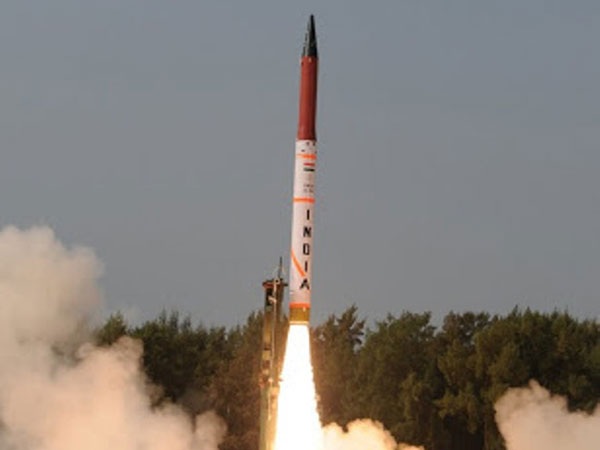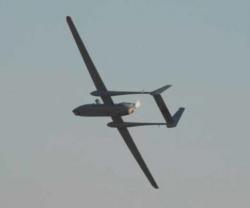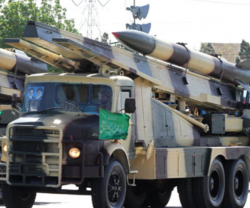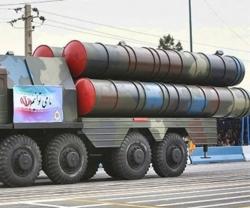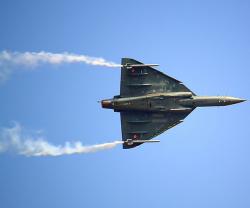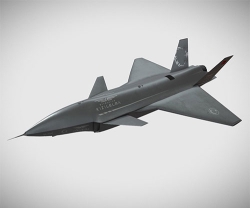The rocket was launched from Wheeler’s Island in Bhadrak district as part of a routine user test exercise, according to the Times of India.
“The trial of the surface-to-surface missile was conducted from a mobile launcher from the Launch Complex-4 of Integrated Test Range at around 9.40 am,” India’s defense officials said.
The Agni-II missile has two solid fuel stages; its range is 2,000 km. The first test of a nuclear-capable Agni-II occurred in 2010, and has been operated by India’s military ever since.
“The entire trajectory of the trial tracked by a battery of sophisticated radars, telemetry observation stations, electro-optic instruments and naval ships located near the impact point in the down range area of the sea,” said an Indian military scientist of today’s test, as quoted by the Daily Bhaskar.
Agni-II also carries an elaborate highly accurate navigation system and is directed during its flight from the ground command as well. The rocket weighs 17 tons and it is capable of delivery of a one-ton nuclear warhead.
Agni-II is the main staple of the Indian military’s nuclear force, and the rocket’s main value is its easy transportability. The rocket can be moved by rail and road networks. This means that a large part of India’s nuclear deterrent is not kept in rocket silos, which are vulnerable for attacks. By relying on a mobile nuclear rocket force, India can more efficiently respond to hostile first strikes in case of nuclear war.
Within the 2,000-km range of the Agni-II is most of mainland China, Iran and Central Asia, part of the Arabic Peninsula and the whole of Indochina. The previous Agni-II test launch was conducted on April 7, 2013 and was a success as well.
Source: Bhaskar

